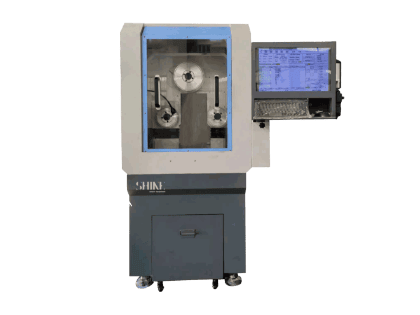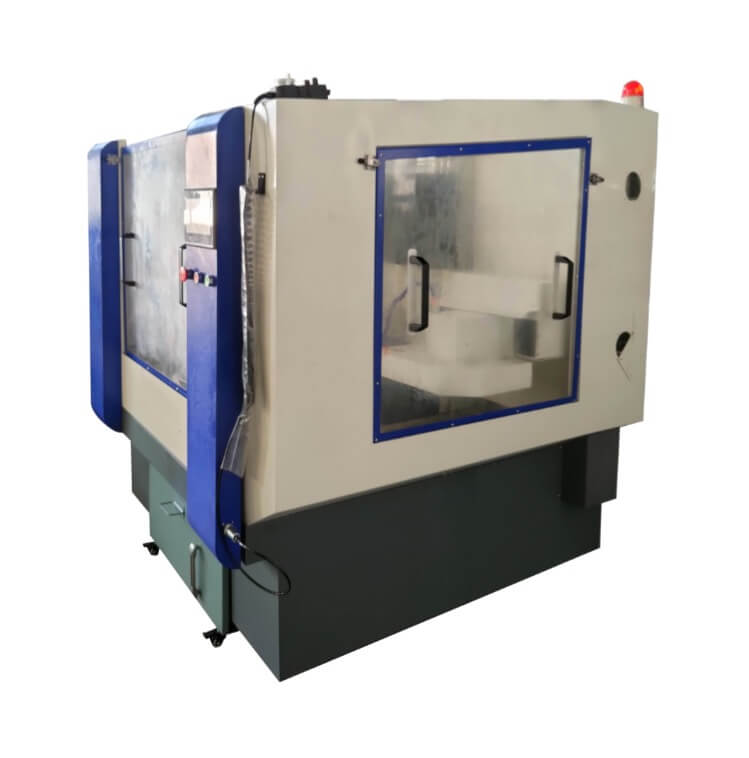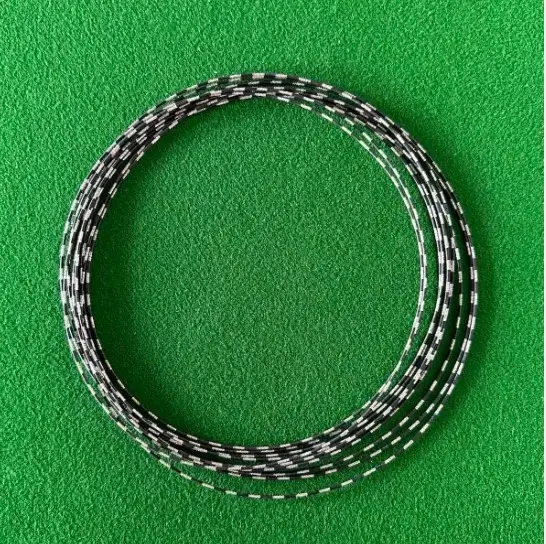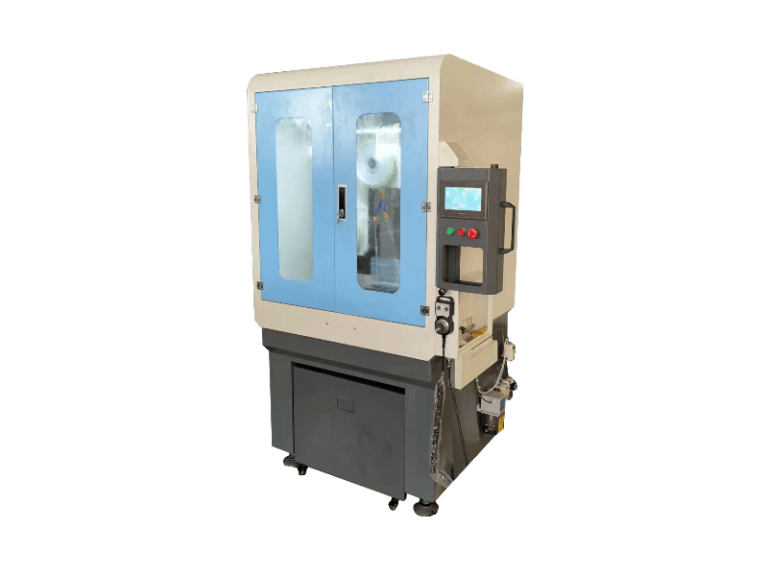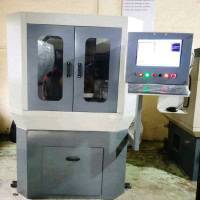Laboratory wire saws are crucial in clinical studies. This equipment is designed to cut materials precisely without causing damage. Researchers use them to reduce delicate materials, from rocks and crystals to organic samples. Precision wire cutting saws are crucial in studies that require genuine cutting, like cloth technological know-how, geology, biology, and engineering.
In this article, you’ll study laboratory wire saws, how they work, and why they’re vital in research.
What is a Laboratory Wire Saw?
A laboratory wire saw is a device that uses a skinny wire to cut substances. Unlike regular saws with sharp blades, wire saws have a lovely wire that slices through substances without tearing or breaking them. This wire, like diamonds, is coated with abrasive debris, making it strong enough to cut through hard surfaces smoothly.
The saw uses a motor to tug the wire at a constant velocity, keeping it cool and lowering strain on the fabric. This gentle slicing is best for scientific samples that need to live intact.
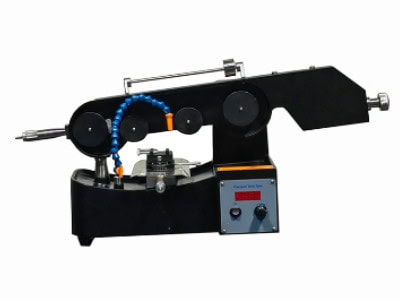
Why Do Researchers Use Laboratory Wire Saws?
Scientists use laboratory wire saws because they need unique and easy cuts. Regular saws create warmth and vibrations, which could harm touchy materials. For example, examining each layer or crystal without cracks or modifications resulting from reduction is vital while studying rocks.
In biology, samples like bone or tissue are very fragile. Scientific sample preparation tools can cut them without causing harm. These particular cuts help scientists see and study the substances.
How Does a Laboratory Wire Saw Work?
The wire saw works by spinning a first-rate wire coated in an abrasive cloth. Here’s a simple breakdown of ways it works:
- Setting the Material: The sample is positioned securely on a holder, keeping it steady for the duration of the cut.
- Starting the Wire: The motor pulls the wire in a loop, preserving it in constant motion.
- Cutting Process: The wire moves slowly through the cloth. The abrasive debris on the wire spoils the cloth layer with the aid of the layer. Since the wire cuts slowly and regularly, the fabric has little warmth or pressure.
- Cooling: Some wire saws use water or other coolants to cool the wire and fabric. This prevents the fabric from heating up and cracking.
Types of Laboratory Wire Saws
Diamond-coated wire saws are available in different types based on their use and design. Here are a few types generally utilized in labs:
- Precision Wire Saws: These saws are used for ultra-specific cuts on tiny samples. They are famous for electronics and cloth technological know-how.
- Diamond Wire Saws: Diamond is one of the most complex substances, so it’s regularly used to cut challenging samples like rocks and minerals. Diamond wire saws are also precise for cutting glass, ceramics, and metals.
- Continuous Wire Saws: These saws have a constant loop of wire. They can make several cuts in a row, saving time and effort.
Benefits of Using a Laboratory Wire Saw
Using a laboratory wire saw has many blessings. Here’s why they’re so precious in scientific research:
- High Precision: Lab cutting equipment permits precise slicing down to the smallest element. This precision is crucial for staring at substances below a microscope or studying first-class systems.
- Damage-Free Cutting: These saws create little warmth, strain, or vibration. Thus, the cloth remains intact, without cracks, breaks, or burned edges.
- Versatility: CNC wire saw for laboratories can cut almost anything—soft tissue, rocks, metallic, glass, or biological samples. Their versatility makes them useful in many medical fields.
- Low Waste: Those saws create minimal fabric waste with their excellent wire. This mainly benefits high-priced or uncommon samples that scientists want to apply wisely.
What Is the Best Laboratory Wire Saw?
The Benchtop Small Diamond Wire Saw is one of the best laboratory wire saws. This saw stands out for its precision and reliability. It uses a diamond-covered wire to cut through rugged and smooth materials without unfavorable patterns. The Benchtop Small Diamond Wire Saw also functions with adjustable speed and stress so that you can tailor it to every pattern’s unique desires. Its compact size makes it clean and fit in most lab spaces. This wire saw is best for scientists and researchers who need correct sample instruction with minimal problems.
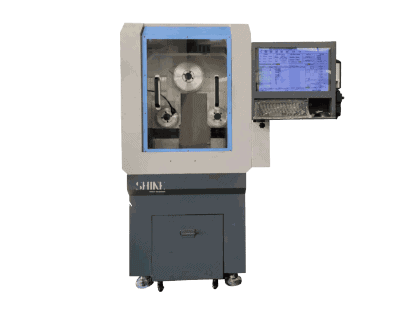
Where Can I Buy a Laboratory Wire Saw?
If you’re searching for a reliable laboratory wire saw, you want to find an honest supplier with excellent merchandise. One of the best suppliers in the industry is Shine. Shine is known for offering top-notch laboratory equipment, including material cutting for research labs that deliver specific and clean cuts. Their equipment is designed to deal with a ramification of substances, from rocks to delicate biological samples, making it ideal for clinical studies. Shine’s merchandise is lasting, correct, and clean to apply, making them a widespread desire for laboratories worldwide.
FAQs
What substances can I cut with a laboratory wire saw?
A laboratory wire saw can cut many materials, including rock, steel, glass, ceramics, tissue, and bone. The sort of abrasive at the wire determines what it can cut satisfactorily.
Why is a diamond wire regularly used in laboratory wire saws?
Diamonds are rugged and perfect for slicing harsh substances like rocks, glass, and steel. They create smooth cuts without damaging the fabric.
Can I use a laboratory wire saw for biological samples?
Yes, laboratory wire saws are appropriate for biological samples. They cut gently without inflicting warmth or pressure, which protects fragile samples like tissue or bone.
Final Thoughts
Laboratory wire saws are essential tools for unique cutting in scientific research. From geology to biology, they allow scientists to examine samples without damaging them. Their versatility and mild reduction make them valuable in labs throughout many fields. When using a micro-cutting saw for lab samples, remember to pick the correct wire, relax the pattern, and preserve the saw easily. With these easy steps, researchers can acquire clean and precise cuts, helping them make discoveries.

